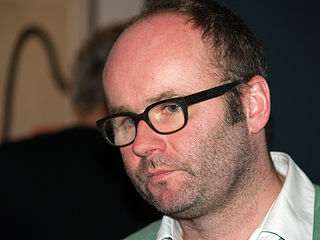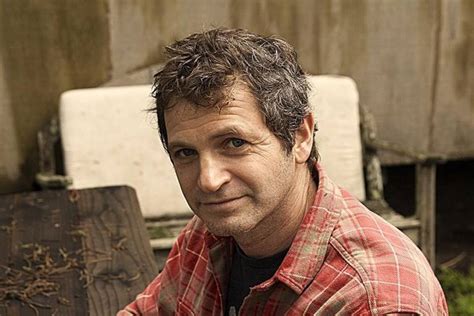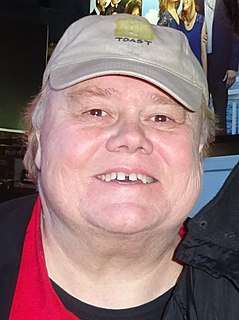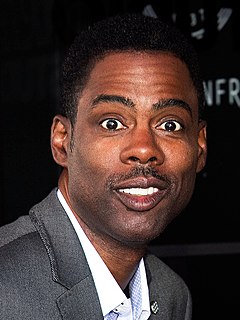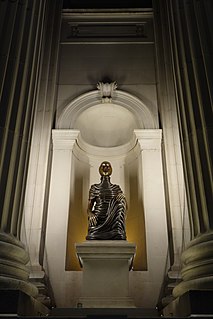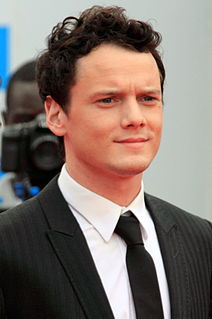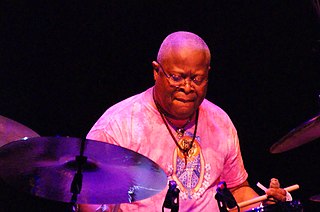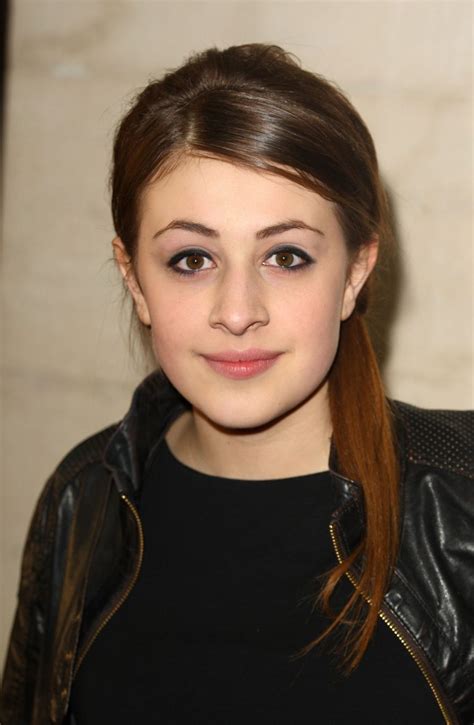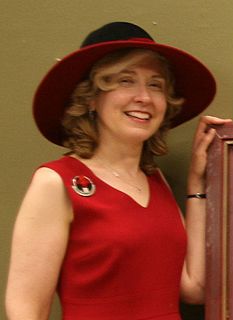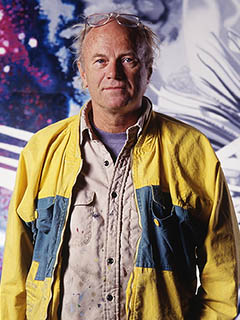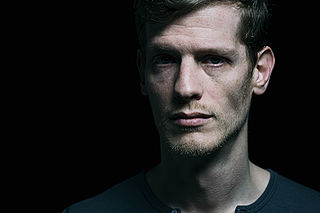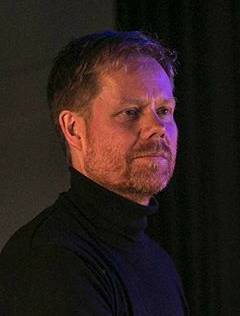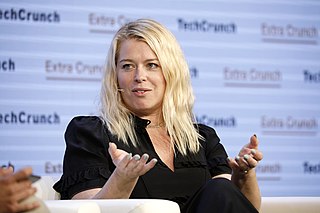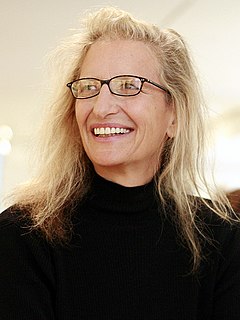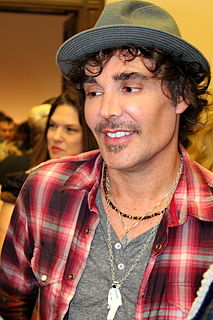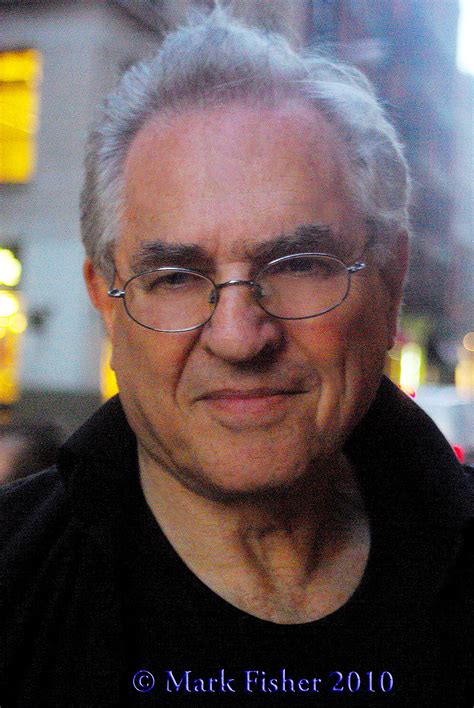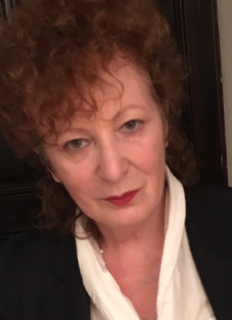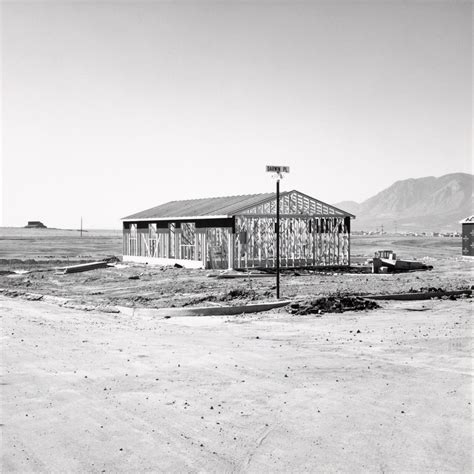A Quote by Thomas Demand
Working with existing pictures, like I do, you constantly think about the flood of images we are subjected to and you want to figure out how you can make sense of it.
Related Quotes
You can think as Einstein as much as you want, but when you come in contact with another person as a work unit of some kind, you have to think as one. You have to figure out all the things that you've studied and that your mind is telling you, and then you have to figure out how to make it work as one, or you have a broken down team.
I think you grow up on every shoot you do. You do grow up because you're away from home, you're not with all of your friends constantly and in that environment you have to be grown up. You're working with adults and you're sort of expected to be older and that's how I like to put myself across. I don't want to come across as constantly messing about.
The only time I get frustrated with activist criticism is if I have recognized them, and invited them to work with me to figure out how we solve this problem that they're concerned about, and either they don't engage out of the sense of purity - "I'm not going to shake his hand" - or you're not sufficiently prepared so you don't even know what to ask for, or you're not being strategic as an activist and trying to figure out how the process has to work in order for you to get what you want.
Every single painting is different. I'm always trying to figure out what I'm interested in. Usually when I go through and I make the collages or the images for ideas that I want to paint, it's like an Ouija board. Each painting I do is trying to understand what the hell I'm looking at, or want to look at.
